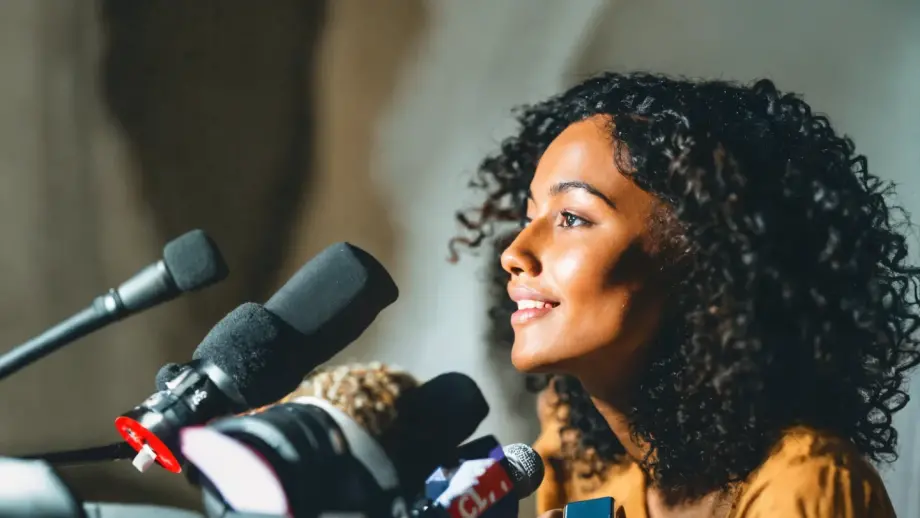In Short:
There are distinct challenges in news coverage for women. Women’s voices are still not elevated in the same way that men’s voices are elevated. Combining quantitative and qualitative analysis of more than 60,000 articles across the month of May 2021, plus in-depth interviews with leading figures in the media landscape, this report examines the role of female voices in Australian news, those quoted in news stories, and those who wrote the stories
Key findings
The report takes a snapshot of Australia’s media landscape, taken from analysing articles published every day of May 2021. Two approaches were taken to collecting data:
- Big picture: Analysis of more than 57,000 online stories
- Top billing: Analysis of nearly 4,000 stories on page one of the print edition and in the top spot of the publication's homepage
We found that...
- Women are quoted much less frequently than men and they are much less likely to be quoted in articles written by men
- What journalists write about is gendered, with women more likely to write about health, arts and entertainment and men more likely to write about politics and sport
- Women are also far less likely to be quoted in stories about either the Federal Budget or Covid-19 than men, making up only around a quarter of quotes
- Men account for the majority (65%) of opinion pieces
- Media organisations' boards are failing to reach gender parity
- Men accounted for the first byline of an article in two-thirds (65%) of stories
You may also like
Climate change reporting in the Australian media
Climate change is one of the most important challenges we face, and we knew we could present a new angle on Australia’s climate change discourse. In conversation with RMIT’s Circular Economy Hub, we…
Going on the record
Research from around the world, including Australia, has consistently shown that news coverage is dominated by the voices of men. About 70% of people quoted, heard, and seen in the news are men. Some…
Feminist technology diplomacy
Women currently make up just 20% of employees in technical roles at major machine learning companies, and that only 12% of AI researchers and 6% of professional software developers are women. This…



